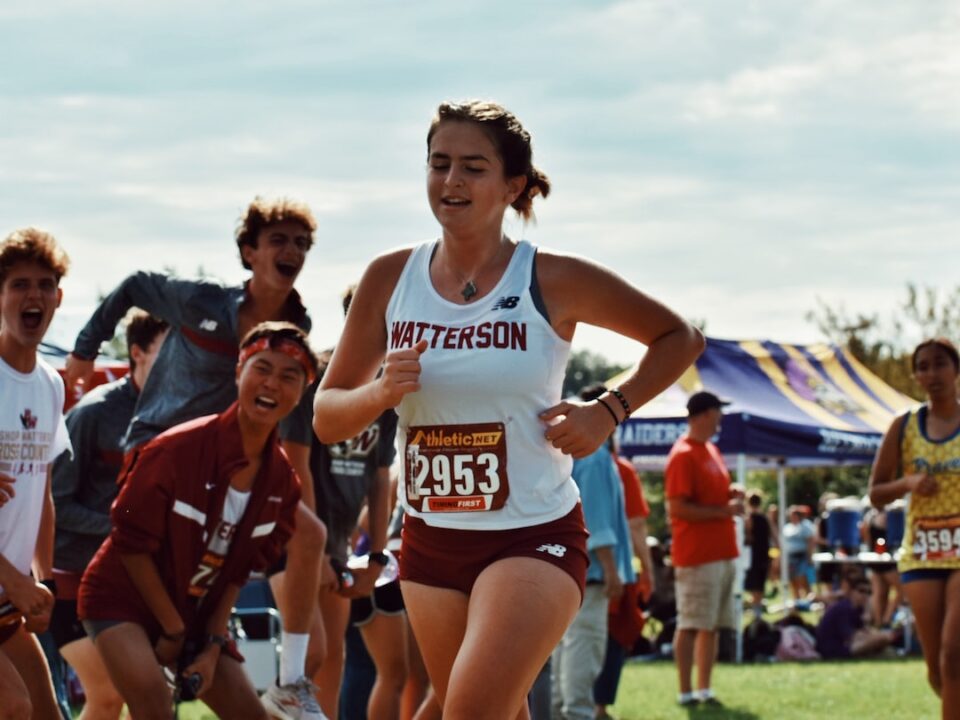Human athletic performance has continually improved over the years, with athletes shattering world records and pushing the limits of what is considered possible. However, despite such incredible achievements, there are physiological limits to human athletic performance that can hinder further improvements.
One of the primary factors that influence athletic performance is genetics. While training, nutrition, and environment play a significant role in reaching peak performance, genetics sets a limit on an individual’s capabilities. For instance, a person with a genetic disposition for slow-twitch muscle fibers will never excel in explosive, high-intensity activities such as sprinting or powerlifting. Similarly, someone with poor aerobic capacity, pulmonary function, or bone density, will experience physical limitations in endurance sports such as distance running or cycling.
Another physiological limit to performance is age. As we grow older, physiological processes such as muscle building, cellular regeneration, and hormonal production begin to decline. This makes it harder to gain muscle mass, recover from training, or maintain high-speed movement. For instance, the peak age for a 100 meters sprinter is between 23-25 years. After that, the runner will only experience a decline in speed and power, regardless of how much they train or improve their technique.
Body size and shape also define the limits of athletic performance. For instance, in activities such as long jump, high jump, or pole vault, taller and leaner athletes have an advantage due to their leverage and flexibility. Similarly, in sports like wrestling, judo, or weightlifting, shorter and stockier individuals have an advantage due to their lower center of gravity, greater muscle mass, and quicker reflexes. Therefore, even with intense training and proper nutrition, there is only so much that an athlete’s body type can allow them to achieve.
Lastly, environmental factors such as altitude, temperature, and humidity affect athletic performance. For instance, at higher altitudes, the air pressure is lower, which makes it harder for athletes to breathe. This can decrease aerobic capacity and limit physical exertion. Similarly, high temperatures or humidity can lead to dehydration, heat exhaustion, or heat stroke, which can be detrimental to performance or even deadly.
In conclusion, while we celebrate the incredible achievements of athletes, we must recognize that there are physiological limits to human athletic performance. Genetics, age, body type, and environmental factors are just a few examples of what sets the upper limits of what individuals can achieve, regardless of how much they train, eat, or sleep. Nevertheless, athletes continue to break records and push boundaries, inspiring others to strive for greatness and pushing the limits of what we think is possible.

